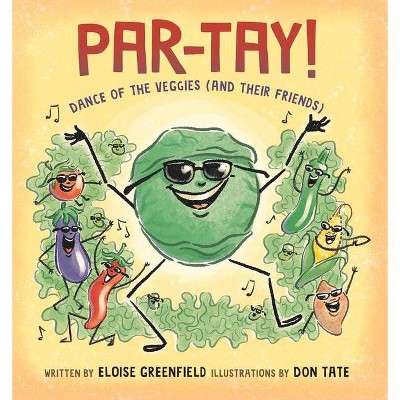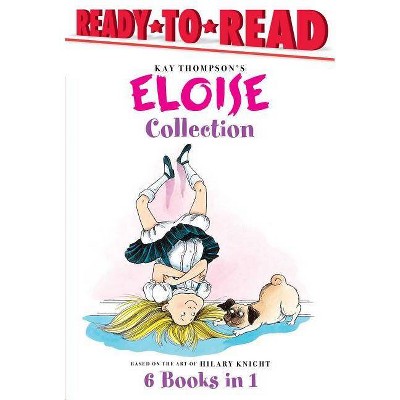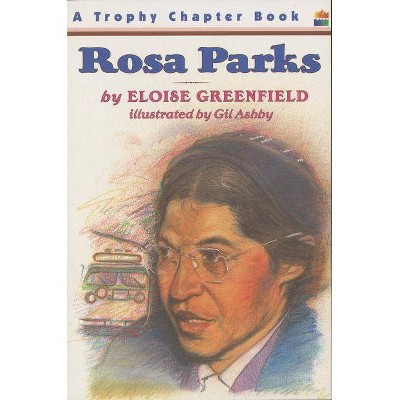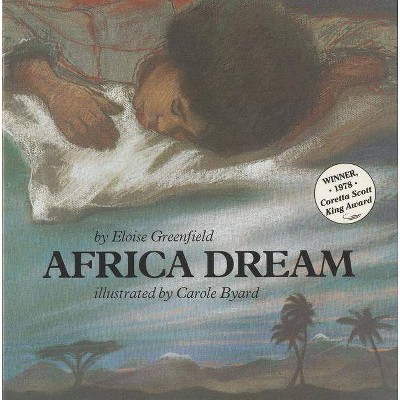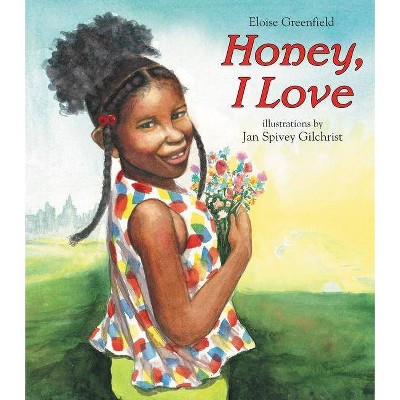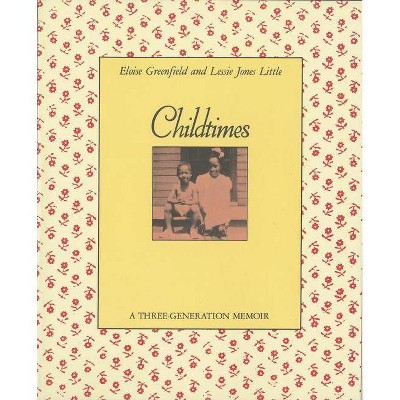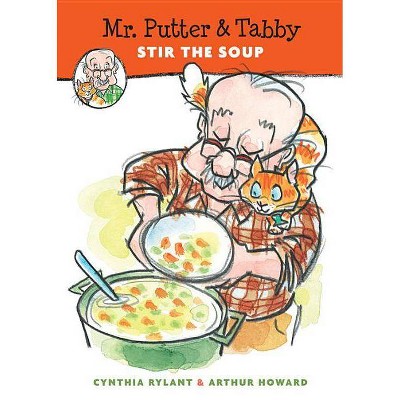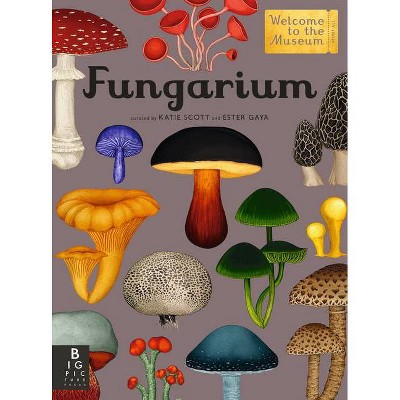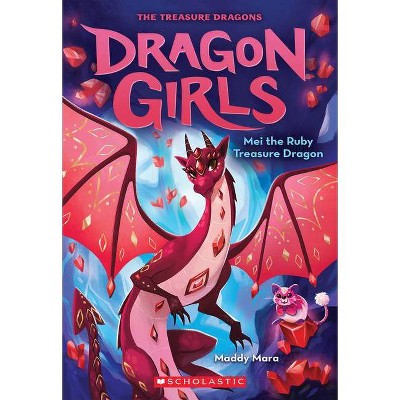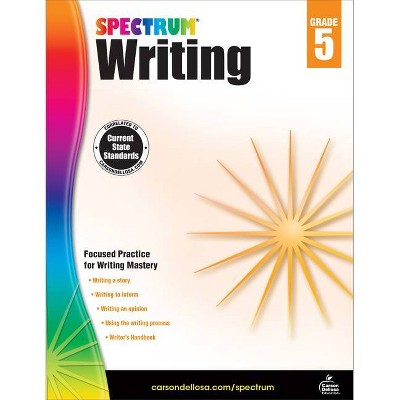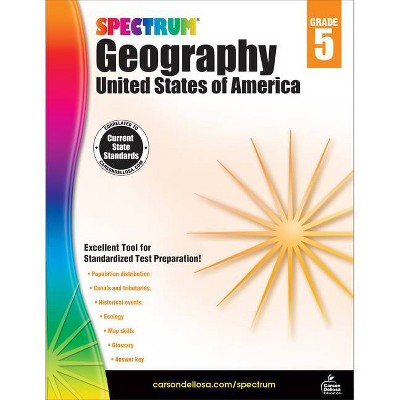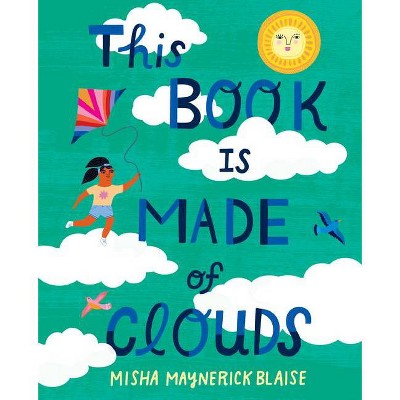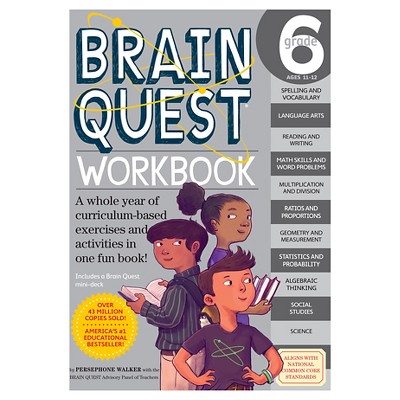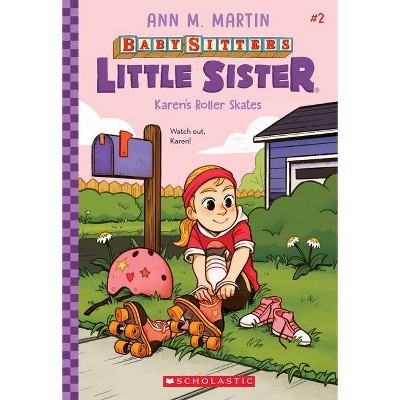The Women Who Caught the Babies - by Eloise Greenfield (Hardcover)

Similar Products
Products of same category from the store
AllProduct info
<p/><br></br><p><b> About the Book </b></p></br></br>Through narrative and photographs, Greenfield highlights important aspects from a few hundred years of the lives of African-American midwives and the people they selflessly served.<p/><br></br><p><b> Book Synopsis </b></p></br></br><i>The Women Who Caught the Babies</i> highlights important aspects of the training and work of African-American midwives and the ways in which they have helped, and continue to help, so many families by "catching" their babies at birth. The blend of Eloise Greenfield's poetry and Daniel Minter's art evokes heartfelt appreciation of the abilities of African-American midwifes over the course of time. The poem "Africa to America" begins the poetic journey. The poem "The Women" both heralds the poetry/art pairing and concludes it with a note of gratitude. Also included is a piece titled "Miss Rovenia Mayo," which pays tribute to the midwife who caught newborn Eloise.<p/><br></br><p><b> Review Quotes </b></p></br></br><br><p>"<i>The Women Who Caught the Babies </i>highlights important aspects of the training and work of African-American midwives and the ways in which they have helped, and continue to help, so many families by 'catching' their babies at birth. The blend of Eloise Greenfield's poetry and Daniel Minter's art evokes heartfelt appreciation of the abilities of African-American midwifes over the course of time. The poem 'Africa to America' begins the poetic journey. The poem 'The Women' both heralds the poetry/art pairing and concludes it with a note of gratitude. Also included is a piece titled 'Miss Rovenia Mayo, ' which pays tribute to the midwife who caught newborn Eloise. In honor of Black Breastfeeding Week, I want to introduce you to this forthcoming September 2019 book: <i>The Women Who Caught the Babies </i>by Eloise Greenfield. The book opens with a beautiful and informative five-page introduction by author Eloise Greenfield. There are also a series of poems about African American midwives from the days of slavery to the early 2000s. The book closes with a poem about the midwife Miss Rovenia Mayo who caught Eloise Greenfield herself on the evening of May 17, 1929. The amazing illustrations in the book are done by illustrator Daniel Minter who was also caught by a midwife during his birth. Minter said in a recent interview with <i>Press Herald</i>, 'In those rural areas, you just did not have access to a hospital, for one thing, ' Minter said in an interview. 'And if there was one, hospitals didn't accept black patients until recently. You didn't have that as an easy option, so you had midwives.' <i>The Women Who Caught the Babies</i> traces the history of Black midwives and the critical role they played in improving the care and outcomes for Black families. Midwives are prominent members of the community. They do more than just deliver babies, they are spiritual healers, family counselors, nutritionists, and postpartum doulas. I think it's wonderful books like this exist to teach readers about this rich tradition of African American midwives. It has been carried across the Atlantic, kept alive and passed down from healer to healer, continuing through slavery and spread throughout the African diaspora. I'm so impressed with the attention to detail that was paid to this book to ensure its authenticity. The archival photographs that appear in this book were digitally captured from a film called All my babies...a midwife's own story by documentary filmmaker George C. Stoney. I think this book is a winner for poetry lovers and those wanting to learn more about the important history of Black midwives. Ages 9-12 and up. Fun fact: If you scan the QR code on the back cover of the book you can hear Eloise Greenfield read her introduction and poems from the book. Give it a try...so cool! Note: For those who may want to support midwives and help spread the word, please consider supporting one of the resources listed below. All of these organizations are doing incredible work for Black midwives. National Black Midwives Alliance National Association to Advance Black Birth Sista Midwife Productions Black Mamas Matter Alliance Sister Song" --<b> Charnaie Gordon</b>, <i>Here We Read</i></p><p>"Long before there were obstetricians and high-risk hospitals, most pregnancies were overseen by midwives. In this short book, poet and author, Eloise Greenfield, uses prose to explore the history of African American midwives in America. Other than the introduction, all of the book is told in unrhymed lines, bits and pieces of history interwoven with more intimate narratives. The poems are accompanied by the lovely artwork of Daniel Minter, a painter and illustrator with a long history of illustrious pieces. The art is filled with blues, yellows, and reds, and creates a cohesive theme that permeates the entire book. The poetry, meanwhile, is beautifully written and full of visuals that will stick in readers' minds long after they finish reading it. Also fascinating are the photographs scattered throughout, which truly give readers a glimpse of African American midwives. The introduction does an excellent job condensing such a weighty subject into just a few short paragraphs, while the poems tell the real story. This slim book is insightful and thoughtful, and will speak to anyone interested in African American history, American history, birth history, or any and all. <i>The Women Who Caught the Babies</i> is an interesting book that will require many readings to fully appreciate" --<i>Manhattan Book Review <p/> "</i>It's a moving set of poems, accompanied by Daniel Minter's dramatic portraits, dominated by rich shades of blue, of women and babies; it is art filled with symbolic patterns and images." --Julie Danielson, <i>The Horn Book <p/> "</i>The Educator's Playbook, The Best Books for Young Readers of 2019. Selected in the category--Graphic Novels & Illustrated Texts." --Ebony Elizabeth Thomas, Associate Professor Literacy, Culture, and International Education Division <p/> "Selected as one of the best 45 diverse Children's Books of 2019 to read over and over again t's wonderful books like this exist to teach readers about this rich tradition of African American midwives. It has been carried across the Atlantic, kept alive and passed down from healer to healer, continuing through slavery and spread throughout the African diaspora." --Charnaie Gordon, <i>Here We Read</i></p><br><br>"<i>The Women Who Caught The Babies</i> is a Masterpiece of Art and Writing! It deserves RESOUNDING Praise and Awards!" -- <b>Ashley Bryan.</b> <br> Among Ashley's awards are the John Newbery Medal, Coretta Scott King-Virginia Hamilton Lifetime Achievement Award, Laura Ingalls Wilder Medal, and the New York Public Library's Literary Lions award.<br><br>"The press announced the September 2019 release of <i>The Women Who Caught the Babies</i> by Eloise Greenfield with artwork by Daniel Minter." -- <i>Alazar Press</i><br><br>"This unique picture book begins with historic background on the work of midwives, written in prose that is accessible to young readers and accompanied by archival photographs. The book then switches to poetry and stunningly beautiful illustrations--with vignettes from lives of midwives during slavery, emancipation, and today." -- <b>Deborah Menkart</b>, Social Justice Books<br><br>"Through words and images, this unusual book of verse celebrates the long tradition of African American midwives guiding babies into the world 'with gentle, loving hands.' The book opens with Greenfield's prose introduction to midwives' work, their education, and their sense of dedication to a calling. The first poem, 'The Women, ' sets the tone: 'They caught the babies, / and catch them still, / welcome them into the world, / for loving.' Other poems are set during the voyage to America, in the period shortly after emancipation, in the early 1900s, and in the early 2000s. 'The Women' appears again with a different illustration, followed by 'Miss Rovenia Mayo, ' a poem of remembrance for the midwife who welcomed Greenfield herself into the world. A source bibliography is appended. While well-chosen archival photos accompany the book's introduction and final poem, Minter's full-page paintings beautifully illustrate most of the verse. Strong and graceful, the images feature deep, rich colors brightened with white netlike forms created with repeated motifs and vibrant images evocative of the natural world: the ocean, sea-foam, fishes, birds, branches, leaves, blossoms, fruits, and new life waiting to be born. A unique, moving tribute to the women who caught the babies and continue to do so today." --<b> Carolyn Phelan</b>, <i>Booklist </i>from ALA<br><br>"... the verses capture the powerful, loving, and unwavering work of these women, who guided humans into the world "with gentle, loving hands." The verses are accompanied by Minter's dramatic portraits ... of women and babies ... filled with symbolic patterns and images." -- <b>Julie Danielson</b>, "Seven Impossible Things Before Breakfast"<br><br>"Informed by his own birth, Minter illustrates book about midwives 'The Women Who Caught the Babies' is a series of connected poems by Eloise Greenfield about midwives and their role in African-American culture. Portland artist Daniel Minter's latest project is personal. Minter has illustrated a new children's book by the esteemed African-American children's book author and poet Eloise Greenfield, 'The Women Who Caught the Babies: A Story of African American Midwives.' Minter was born at home in Ellaville, a rural community in west-central Georgia in what he describes as a long and difficult birth. 'It was the midwife who caught me, even after I managed to get mixed up and come feet first, ' he wrote on Facebook. The book is due out in September. 'In those rural areas, you just did not have access to a hospital, for one thing, ' Minter said in an interview. 'And if there was one, hospitals didn't accept black patients until recently. You didn't have that as an easy option, so you had midwives.' 'The Women Who Caught the Babies' tells about the training and work of African-American midwives and their roles in promoting maternal and infant health. Greenfield, 90, is a contemporary of Maine artist and illustrator Ashley Bryan of Little Cranberry Island, and a widely honored writer. She is a member of the National Literary Hall of Fame for Writers of African Descent, and last year received the Coretta Scot King-Virginia Hamilton Award for Lifetime Achievement. Minter has illustrated dozens of children books, and his art is collected by museums across the country. 'The Women Who Caught the Babies' will be his third book in the past year. Last fall, he illustrated 'So Tall Within: Sojourner Truth's Long Walk Toward Freedom' by Gary D. Schmidt, and his collaboration with author Kelly Starling Lyons, 'Going Down Home with Daddy, ' came out in April. For the book about midwifery, Greenfield wrote a series of connected poems about midwives through time, in Africa, after arriving in North America and after emancipation. Minter illustrates the poems with stylistic portrayals of women in attendant repose - dutiful and calm, strong and wise. Many of the illustrations in the book are recent paintings that fit the theme. The rest he made specifically for Greenfield's poems. The sense and presence of water as the source of life is prevalent throughout the illustrations. Minter remembers the midwives who attended to his birth, Mrs. Vera and Mrs. Ethel, as respected and valued members of Ellaville. His illustrations reflect his reverence for and appreciation of them and for midwives across time and continents. 'We would be really disconnecting ourselves from our own creation if we did not have midwives, ' he said." -- <b>Bob Keyes</b>, Staff Writer, <i>Portland Press Herald</i><br><br>"Renowned children's book author Eloise Greenfield opens her latest title with a note to readers: "I want to take you back only as far as the Africa of a few hundred years ago. That's when millions of Africans were forced from their homelands, brought to America, and enslaved. Some of the enslaved were midwives." This unique picture book begins with historic background on the work of midwives, written in prose that is accessible to young readers and accompanied by archival photographs. The book then switches to poetry and stunningly beautiful illustrations -- with vignettes from lives of midwives during slavery, emancipation, and today. Greenfield closes with a poem about the midwife who "caught" her when she was born, Miss Rovenia Mayo of Parmele, North Carolina." -- <i>Rethinking Schools Magazine</i><br><br>"This moving nonfiction illustrated book, written in verse, illuminates the work and stories of African American midwives. It's empowering to understand their role in shaping generations, even as they were forced into slavery. A bibliography and photographs underscore Minter's powerful artwork." -- <b>Ryan Mita</b>, Children's Book Council<br><br>"This poetic tale chronicles the presence and contributions of African American midwives. Rites of passage incandescently brought to light." -- <b>Vicky Smith</b>, <i>Kirkus Reviews</i><br><p/><br></br><p><b> About the Author </b></p></br></br>With many award-winning books to her credit, <b>Eloise Greenfield</b> has achieved her status among the most celebrated of children's authors. Multiple lifetime achievement awards include a Living Legacy Award, a Hope S. Dean Award, an NCTE Award for Excellence in Poetry for Children among others. She has been inducted into the National Literary Hall of Fame for Writers of African Descent. <i>Africa Dream</i> received the Coretta Scott King Award while the Coretta Scott King Author Honor and an ALA 2012 Notable Children's book honored her title, <i>The Great Migration: Journey to the North</i>. <b>Daniel Minter</b> is an artist whose paintings, carvings, block prints, and sculptures have been exhibited both nationally and internationally at galleries and museums, including the Seattle Art Museum, Tacoma Art Museum, Bates College, Hammonds House Museum, Northwest African American Art Museum, Museu Jorge Amado and the Meridian International Center. Minter is the co-founder and creative visionary of the Portland Freedom Trail and serves on the board of The Ashley Bryan Center, The Illustration Institute.
Price History
Cheapest price in the interval: 14.49 on November 8, 2021
Most expensive price in the interval: 14.49 on December 20, 2021
Price Archive shows prices from various stores, lets you see history and find the cheapest. There is no actual sale on the website. For all support, inquiry and suggestion messagescommunication@pricearchive.us
